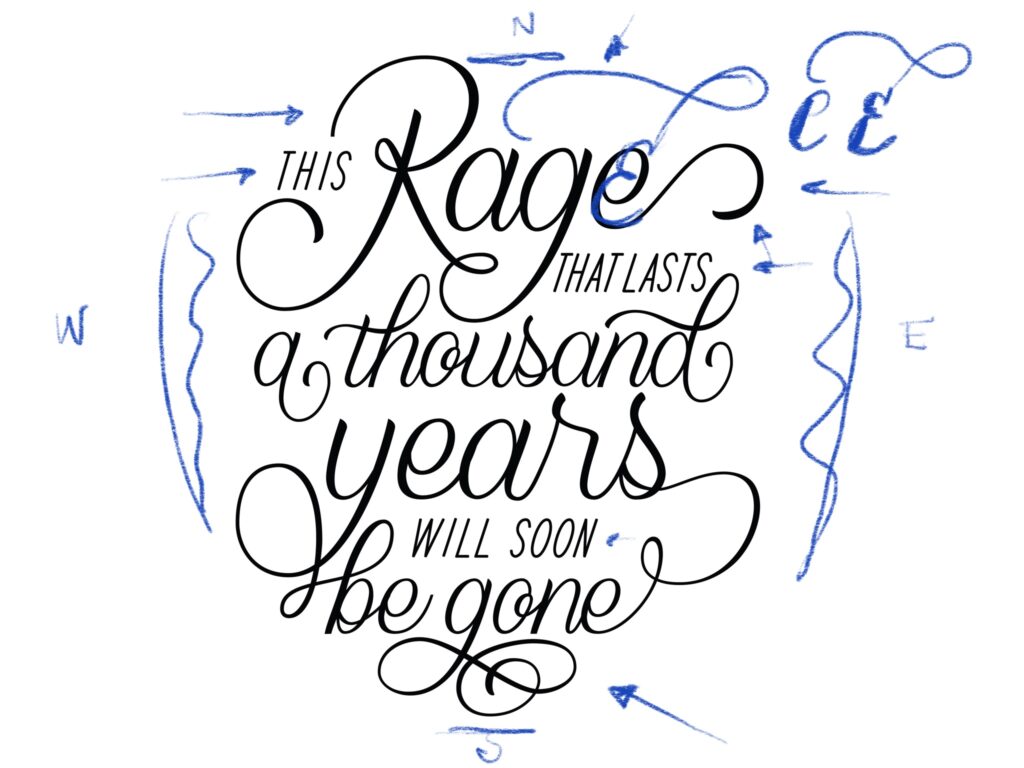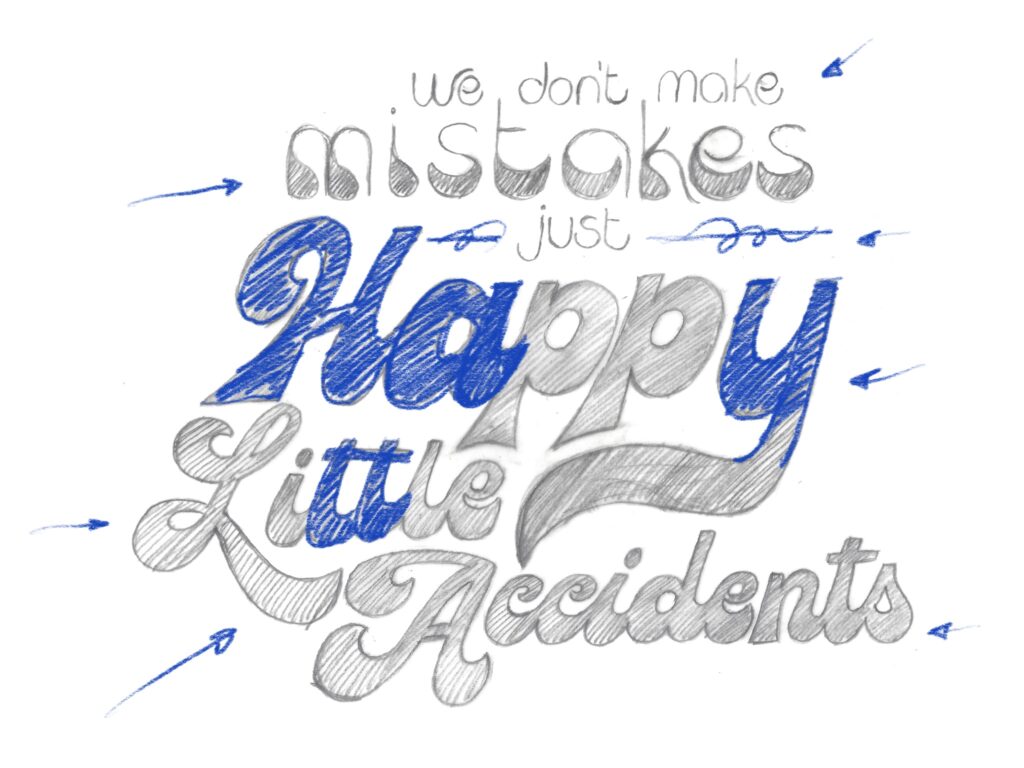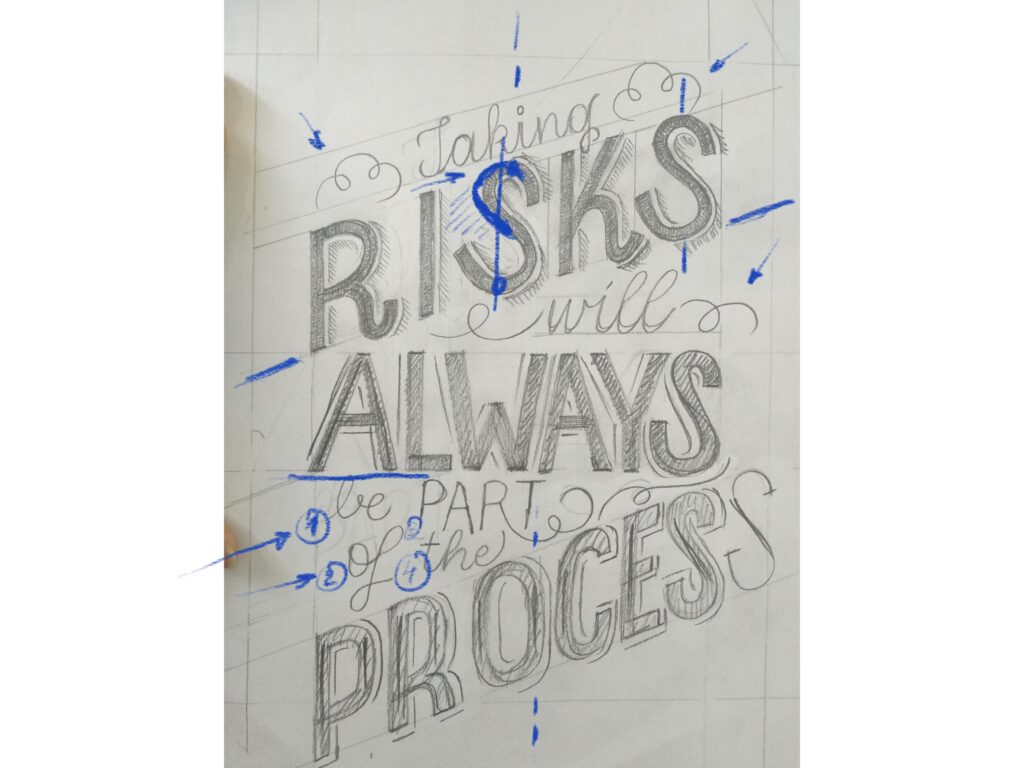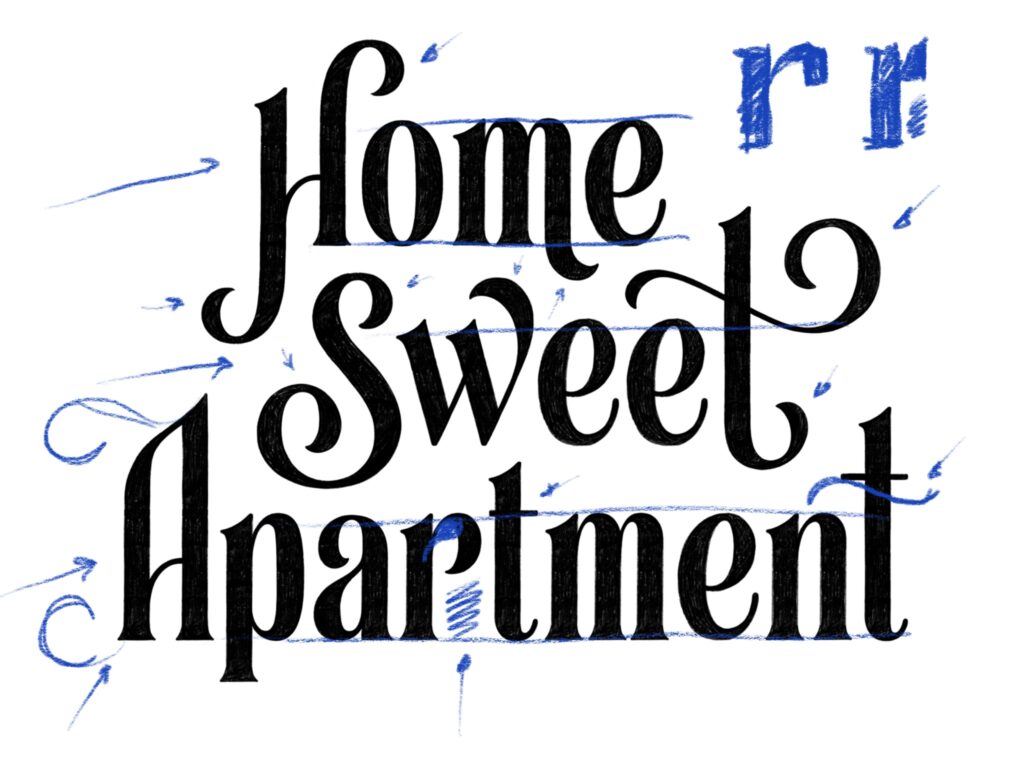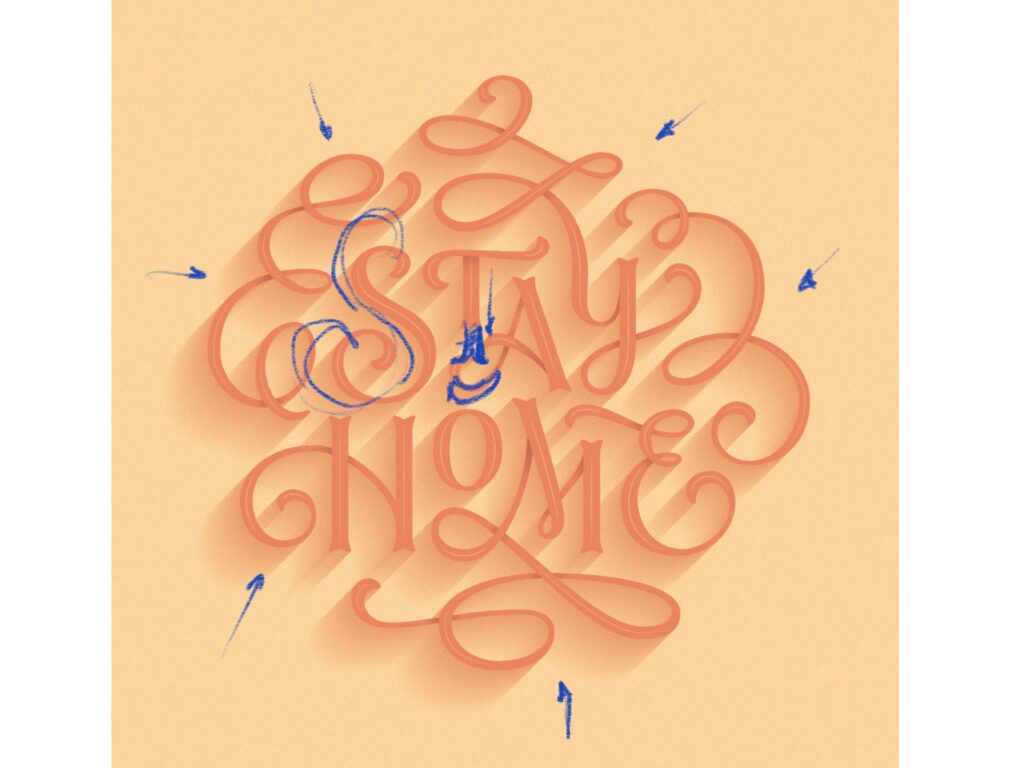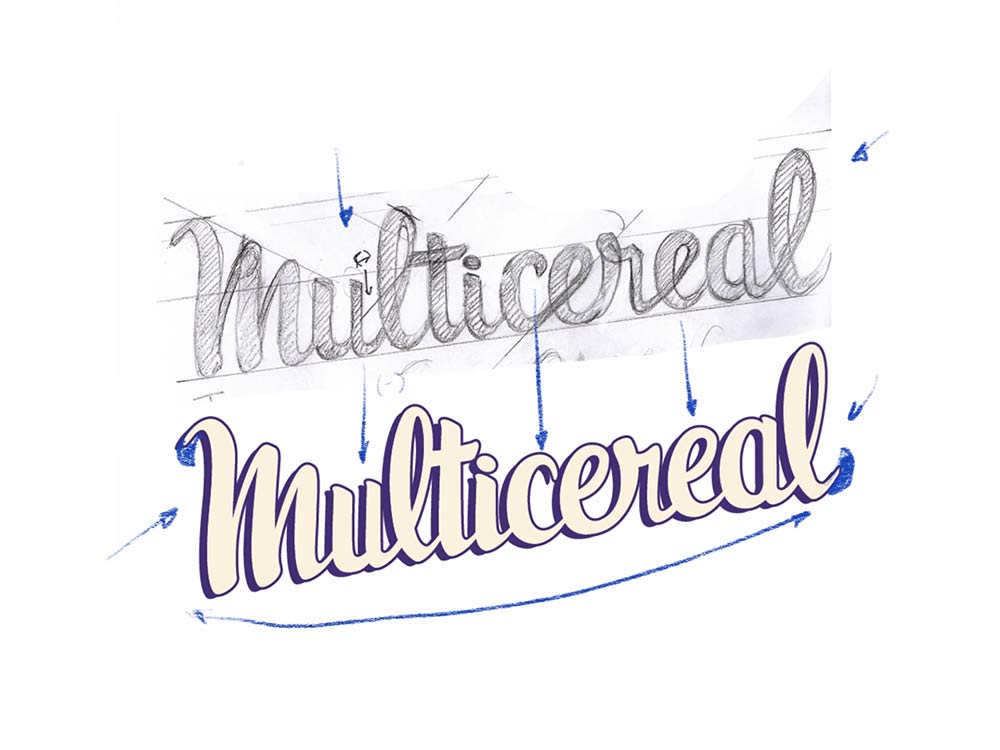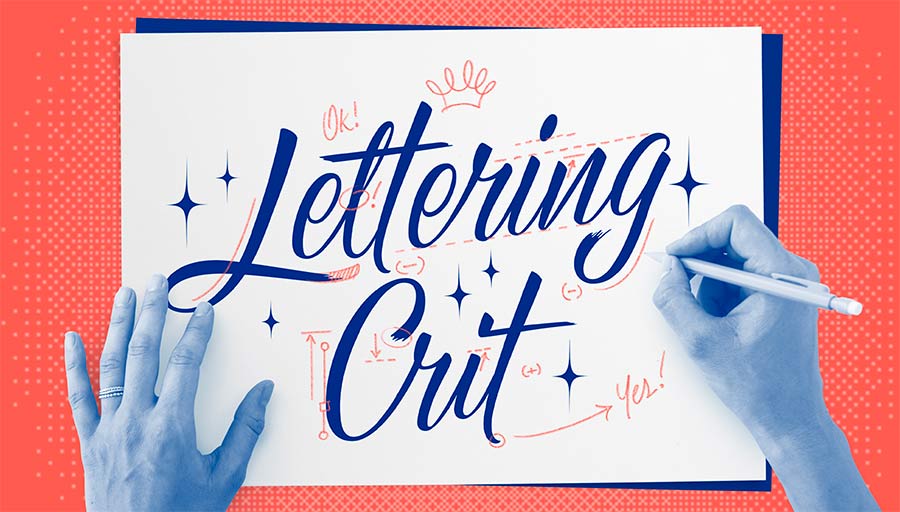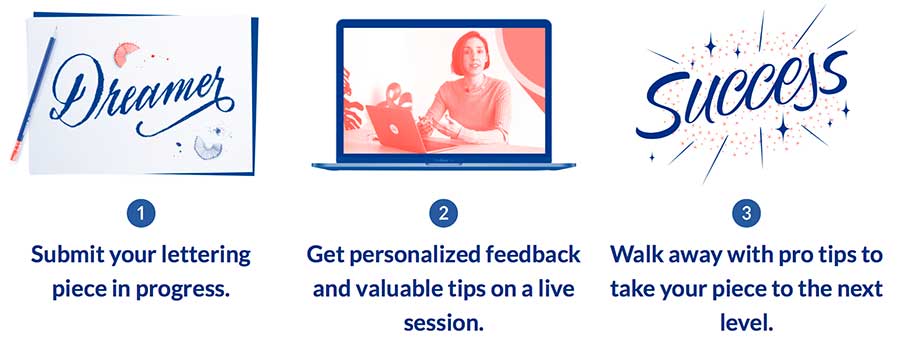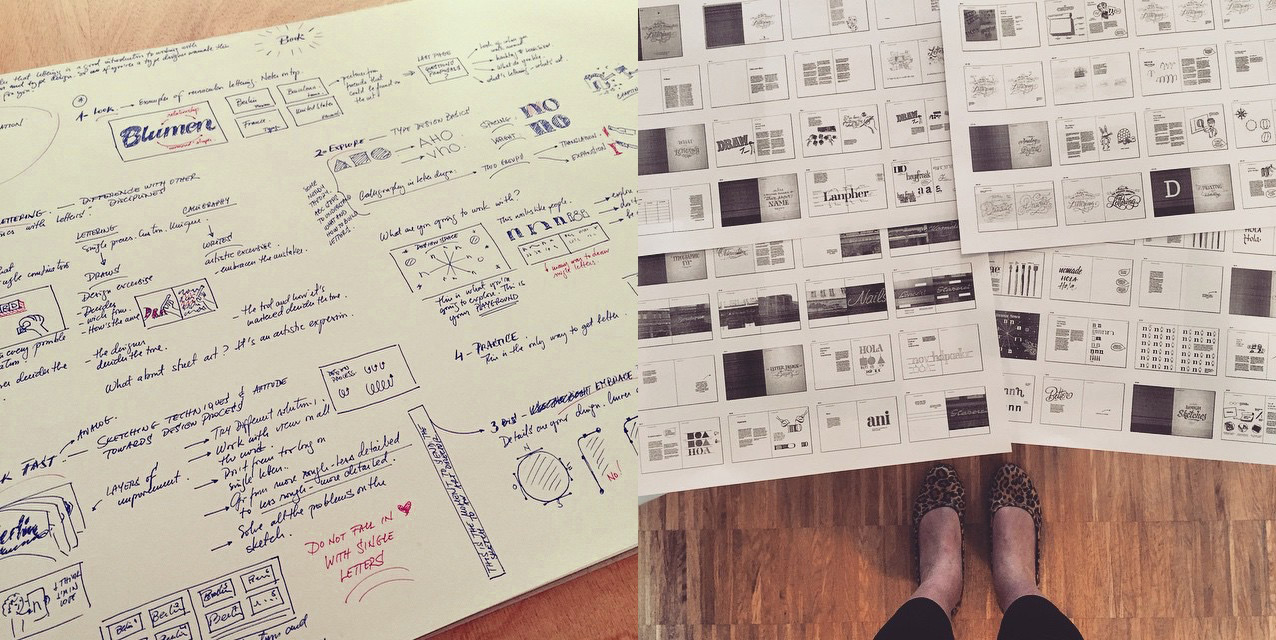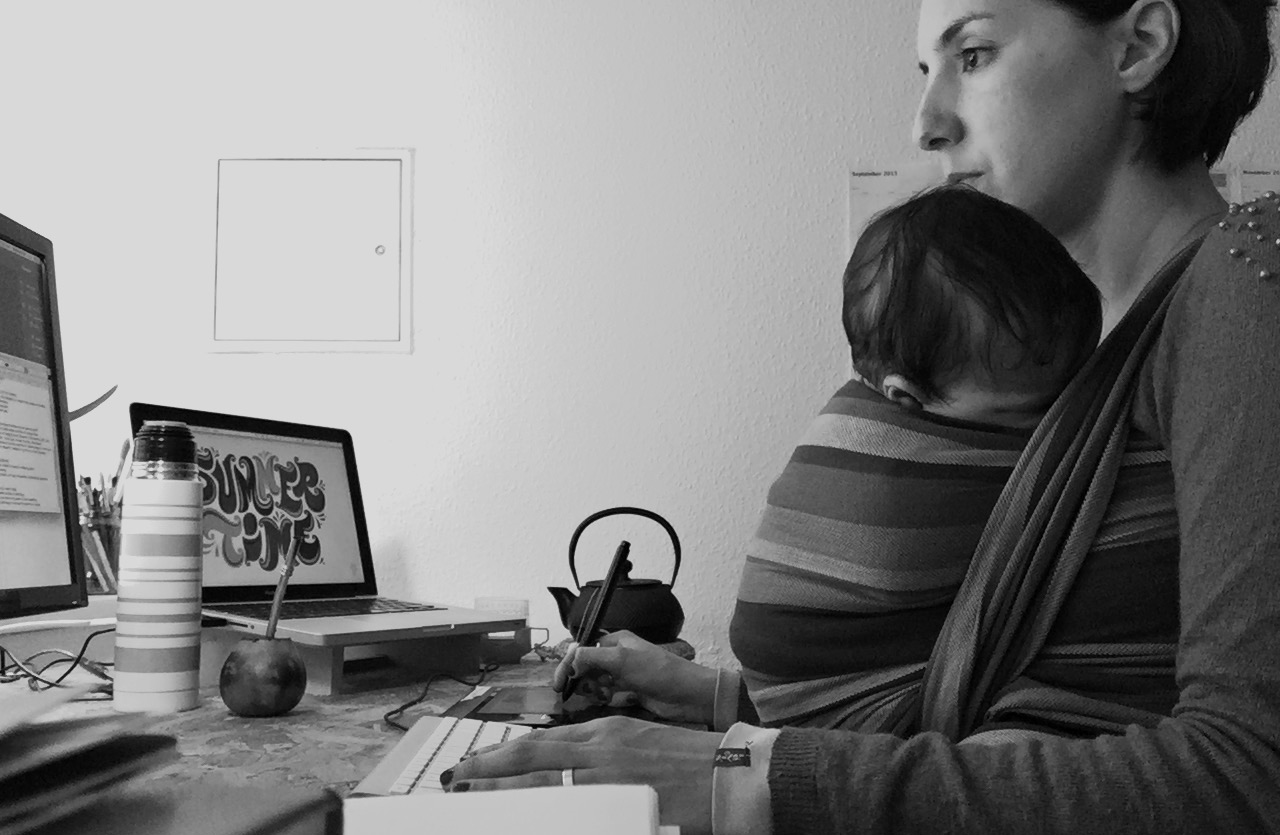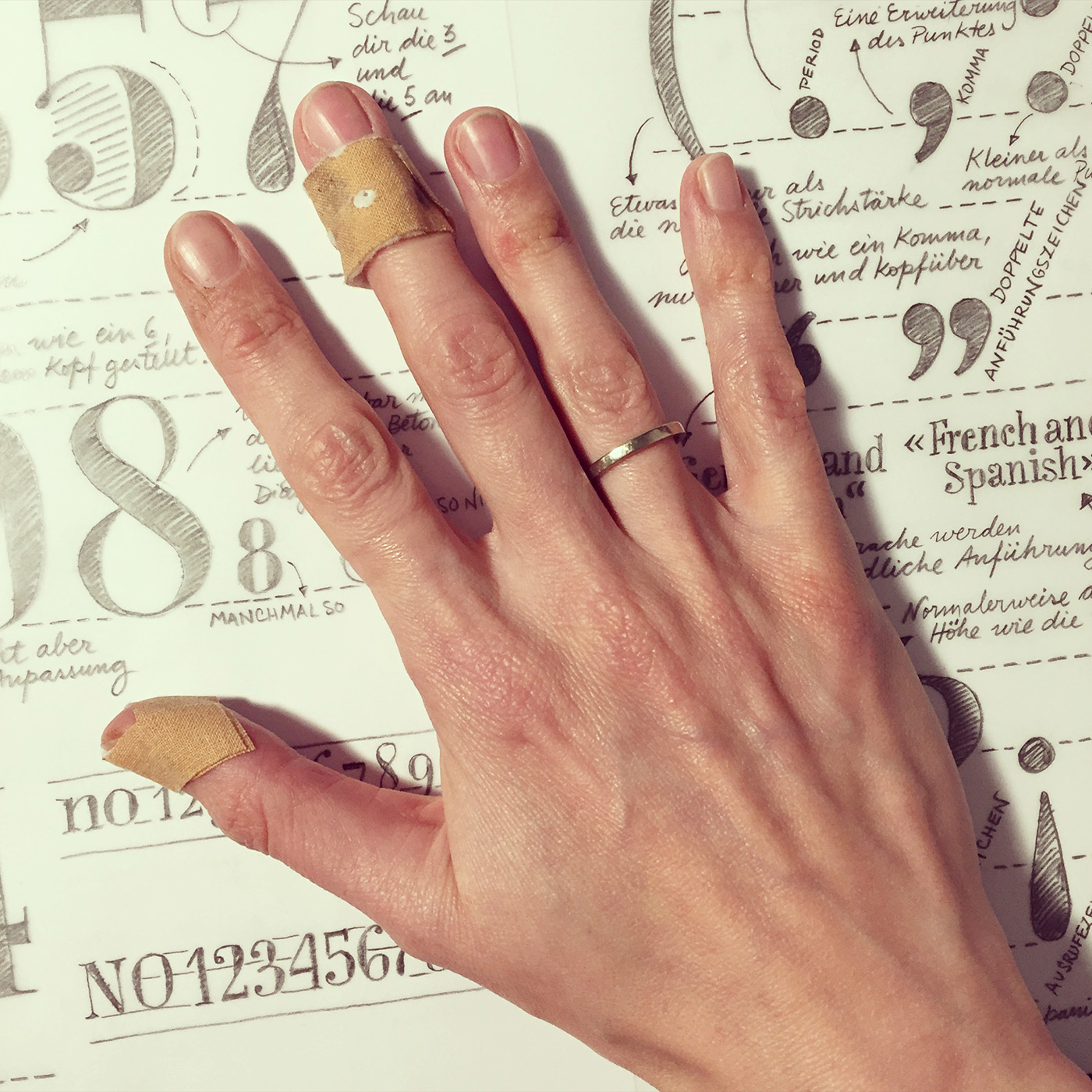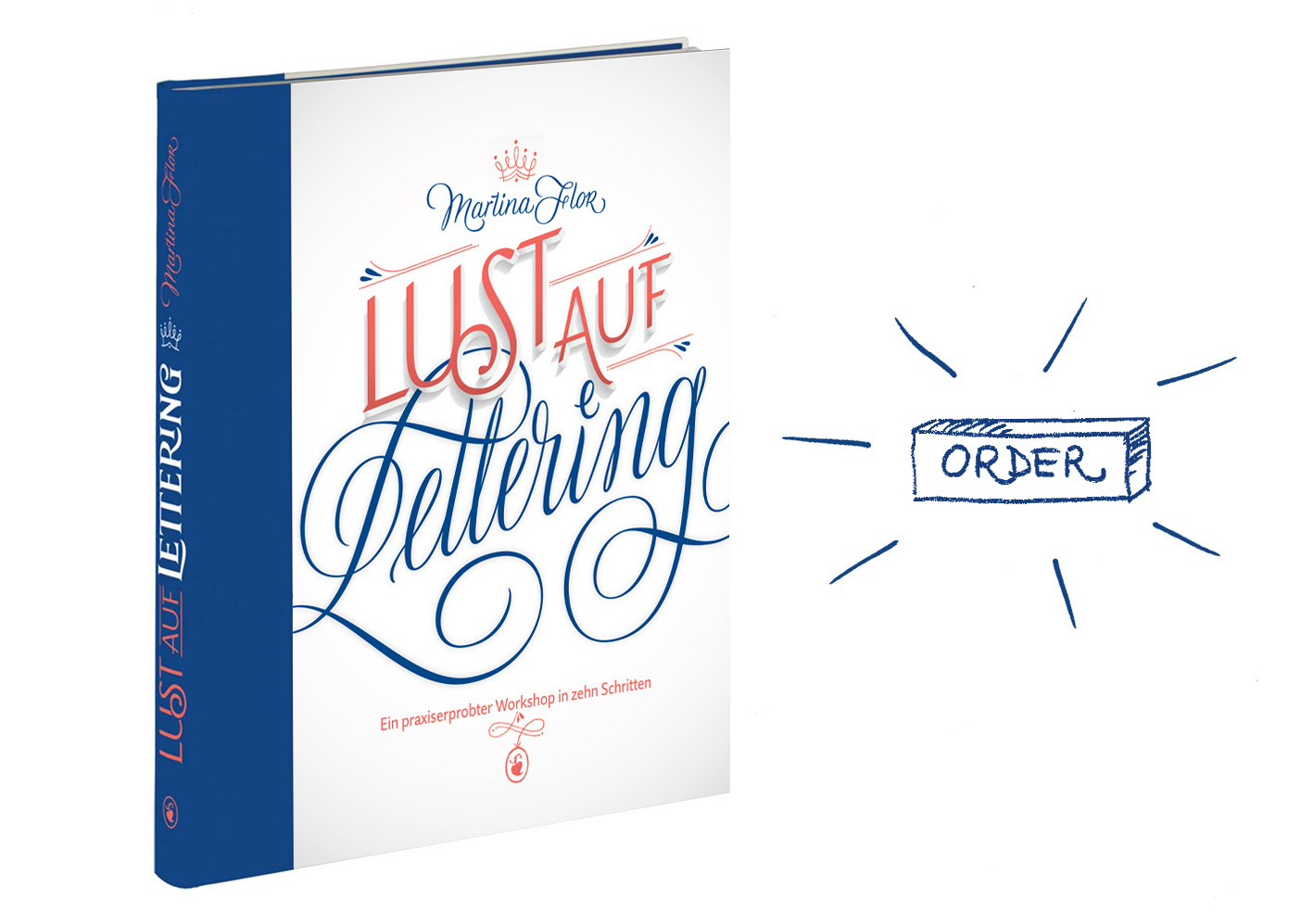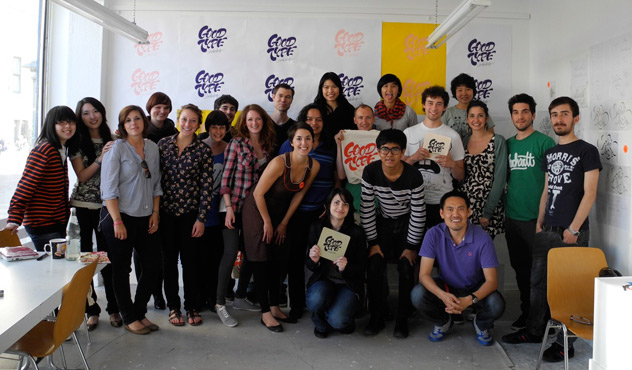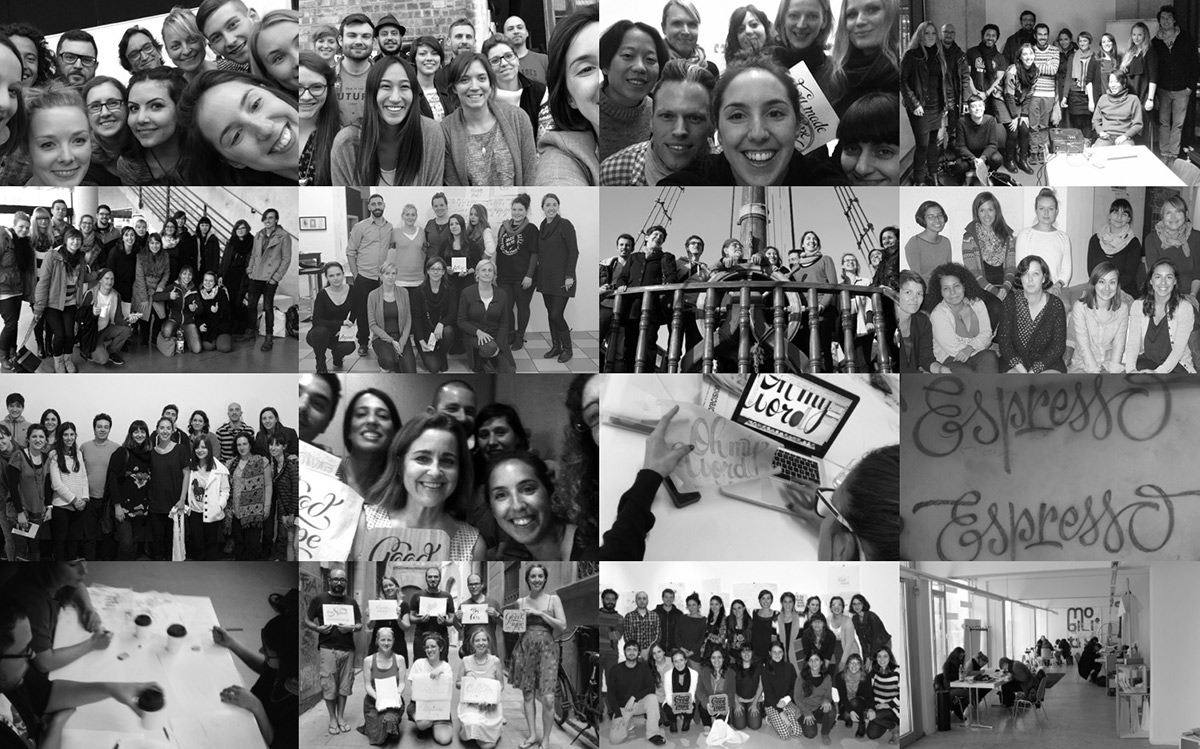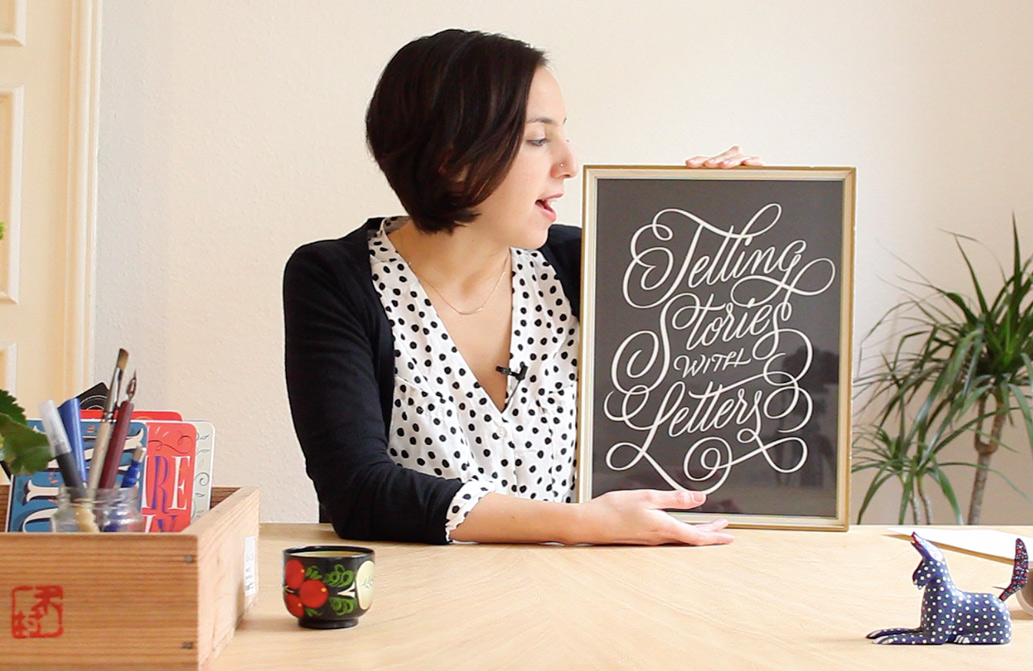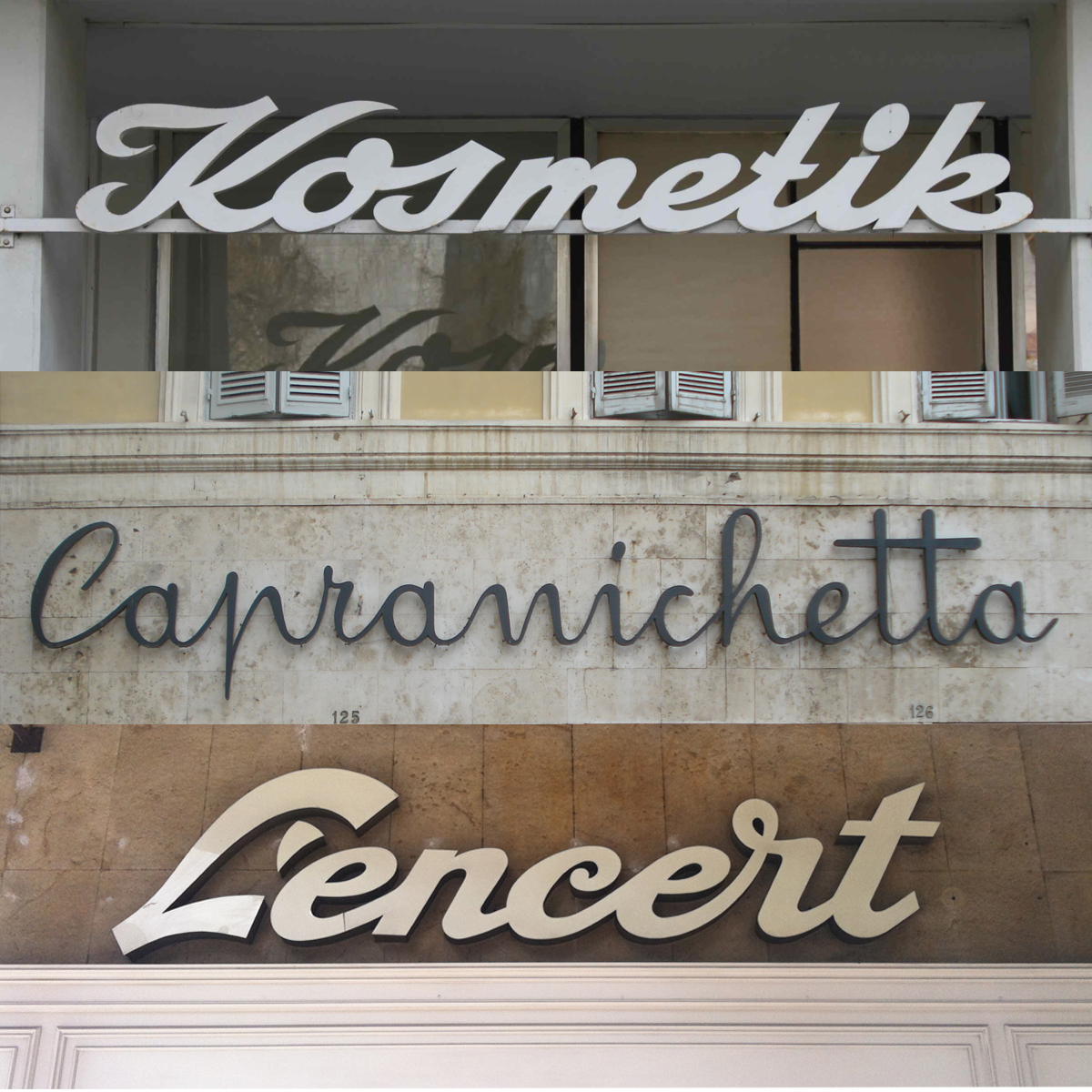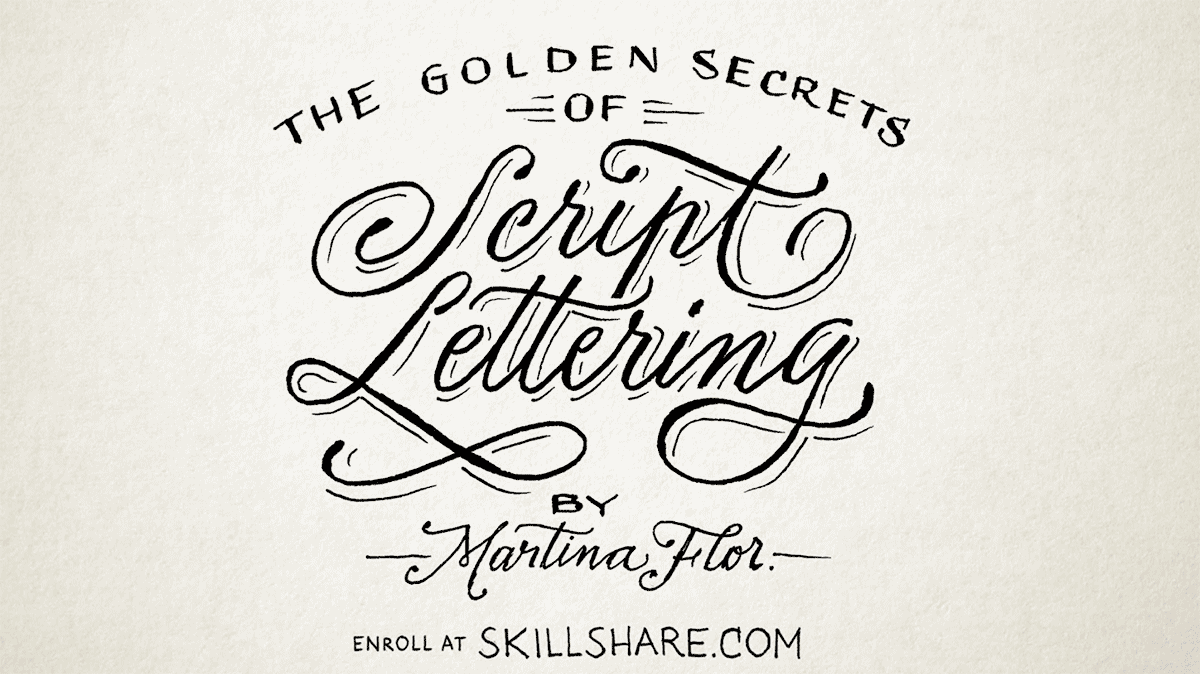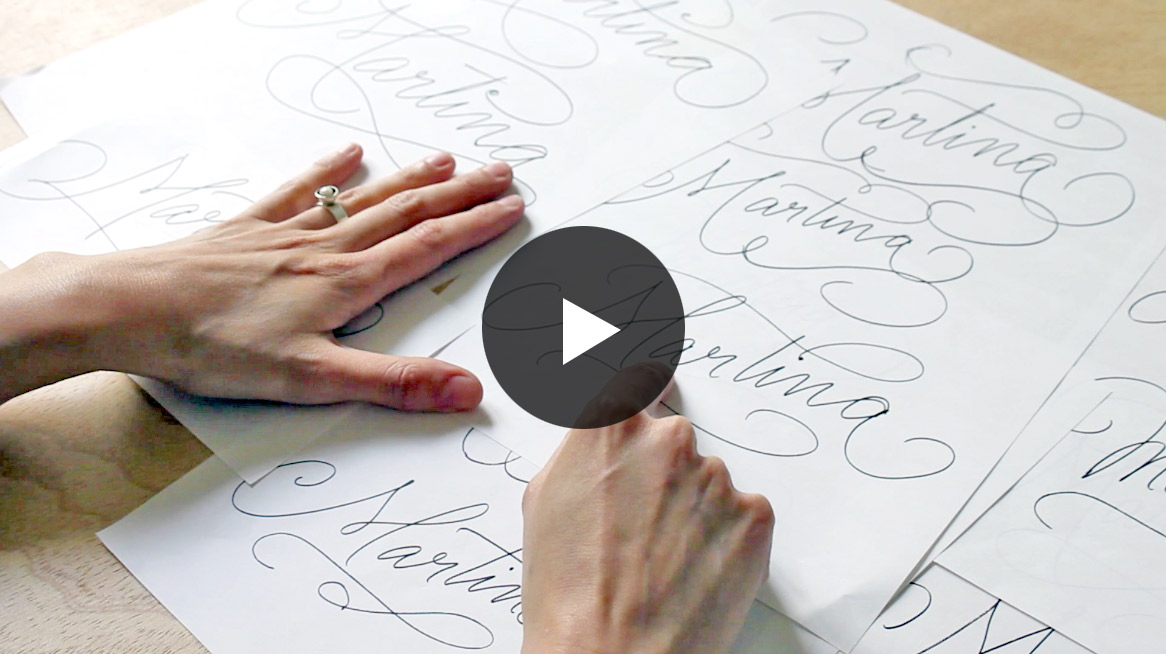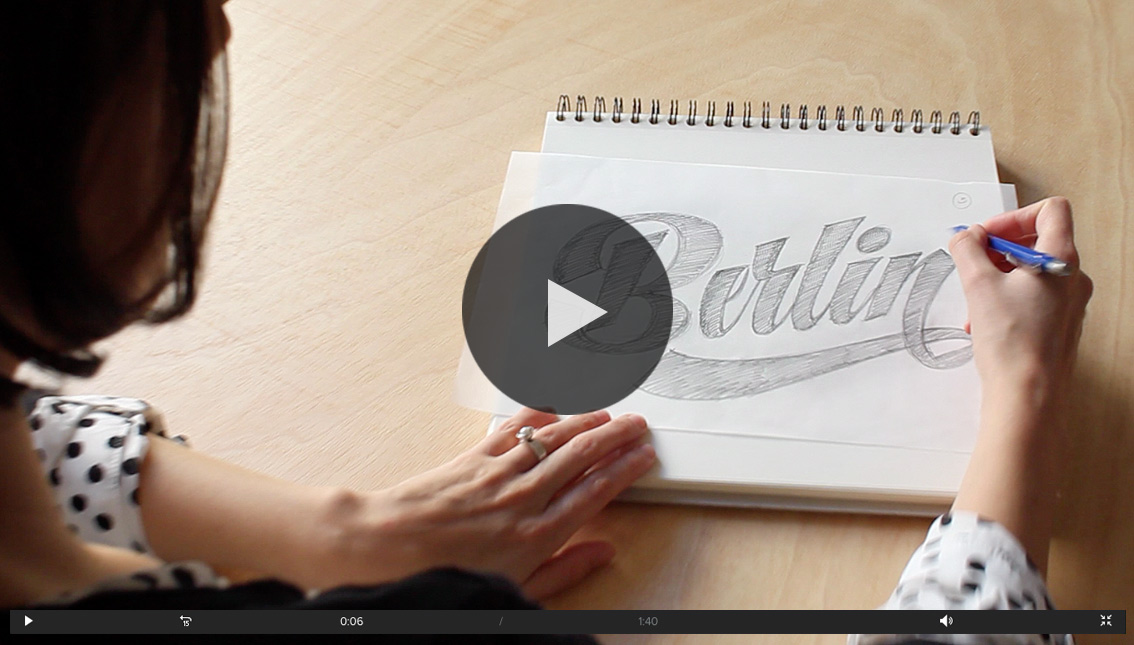The Lettering Crit - Display Type Special was so much fun and there are so many takeaways to share with you. Everyone was truly engaged with giving feedback to the projects, and I'm sure that the authors of the selected projects Derek Munn, Prateek Bisht, Jamie Otelsberg, and Ana Michel got tons of information to continue working on their projects. If you missed it, here's a replay.
Here are the main takeaways of this session:
1. Finding inspiration in vernacular typography: old signs, old specimen books and graphic material can be a great starting point for a unique typeface (although not the only one). Beware, you'll probably have to redesign/reshape many letterforms to make them suitable to a contemporary eye. That's when your unique perspective plays an important role!
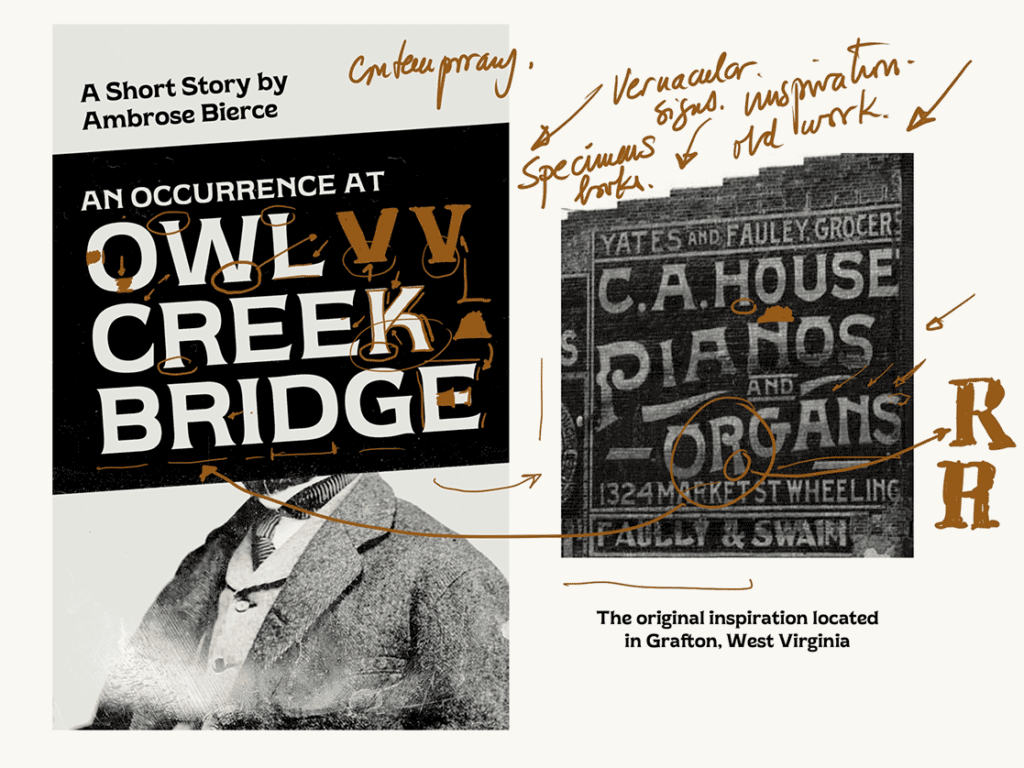
Derek's project is a good example of using and repurposing vernacular typography for a modern typeface.
2. Use your calligraphy: calligraphy as the mother of all letterforms can help you easily stick to a style and achieve consistency within your alphabet. Why? Because the letters will be all essentially "written" by the same hand.
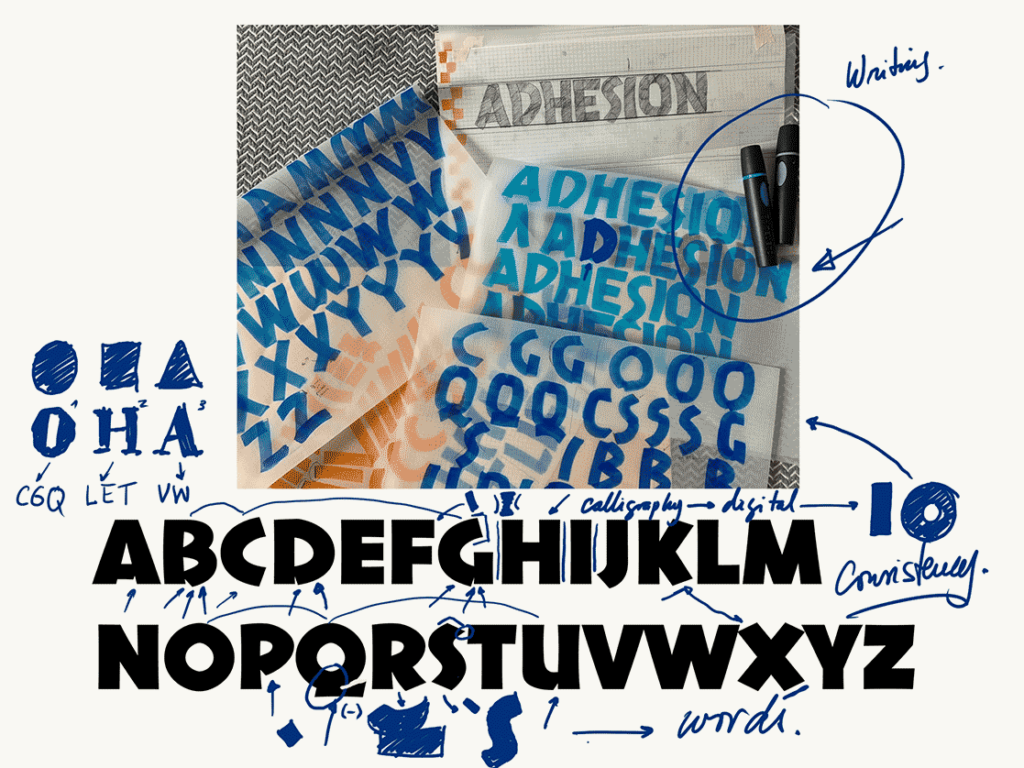
Jamie's project translates her calligraphy into an alphabet, and through that process she keeps consistency all along.
3. Expand your alphabet: find the mother shapes and use them to inform the shape of other letters. Your mother shapes are those that look like a rectangle, a circle or a triangle. For instance, your "O" is the mother shape for your C, Q, and gives you tons of information to draw your D or P. Can you see why? Of course! All these letters share a rounded shape.
4. Consistency: make a couple of strong decisions and try to apply them consistently in all letter shapes. That decision could be making your letters high contrast, or inverting the contrast completely or using bananas to build your letterforms. Everything is possible as long as it's possible on all letters.
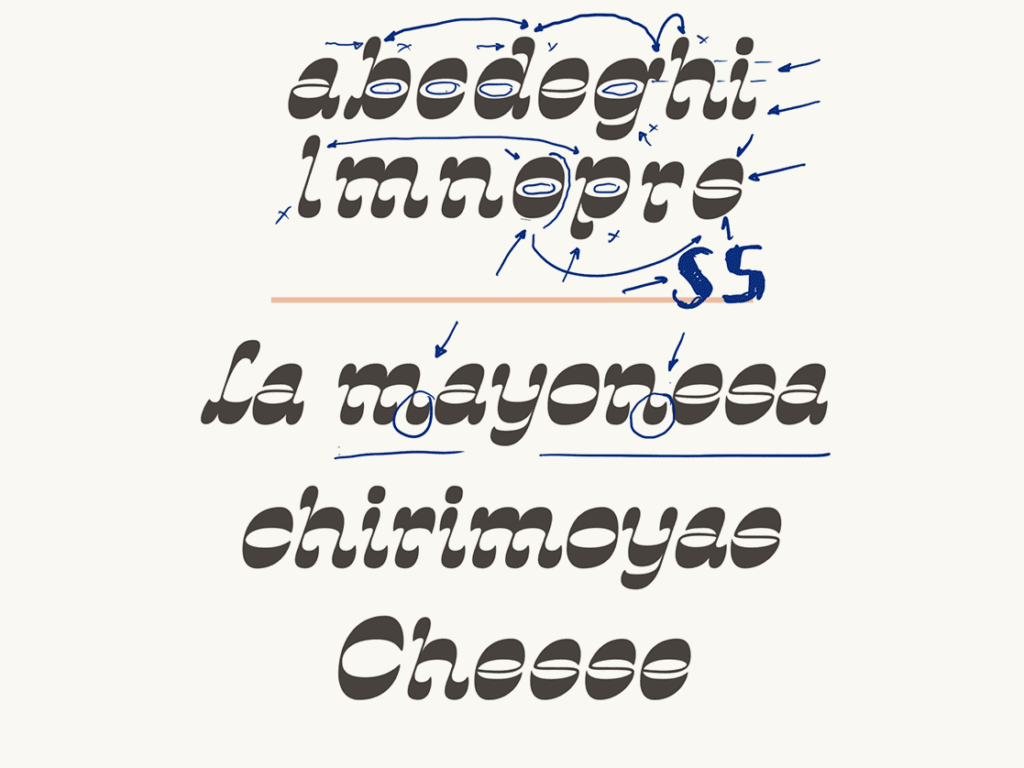
Ana's project stands through using one strong decision that applies to all letters. In this case, she's using inverted contrast for all shapes.
5. Design words: move onto setting words with your letters sooner than later. Remember that designing letters is not about the isolated shape itself, but about how well that interacts with all the rest.
6. Mind the gap (spacing): designing letters is not only about the substance (the black part) but also about the space around them. Remember the rule of thumb for finding your ideal spacing—the space within the letters should be similar to the space between the letters.
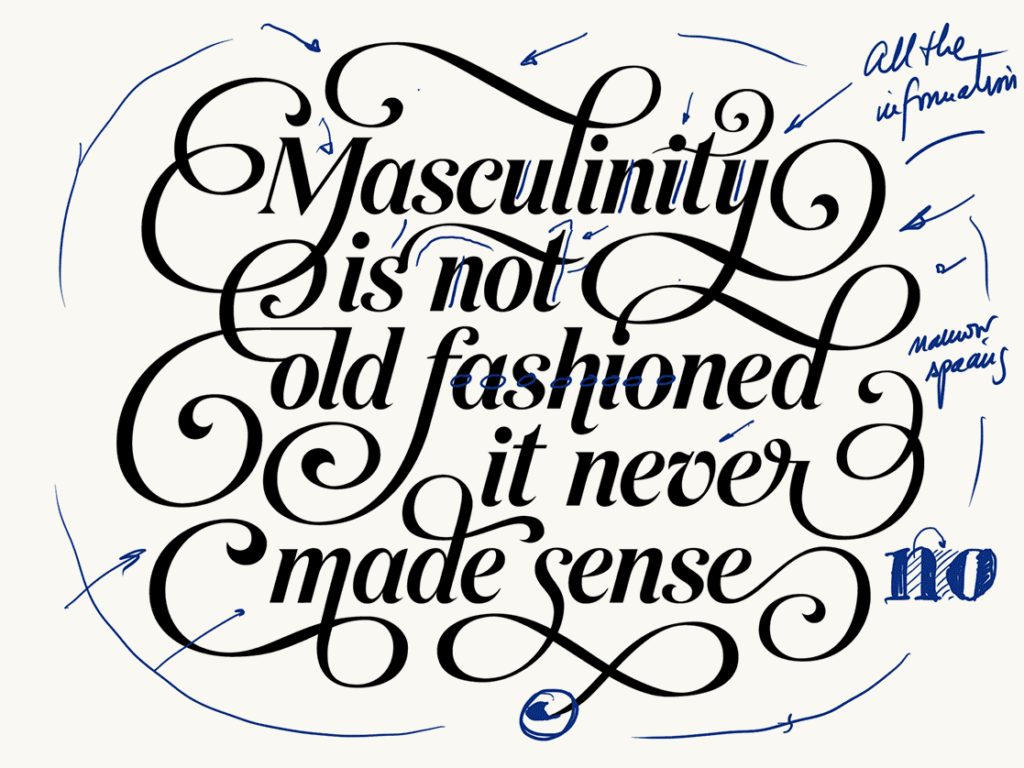
Prateek's project displays consistency through a consistent slant, contrast, and weight. Also, the spacing is considered as part of the design.
Give it up for Anna, Prateek, Jamie and Derek for their great work! 👏🏻👏🏻👏🏻👏🏻👏🏻 I'll be delivering more tips to create typefaces in the next few weeks, and on September 4 I'll be opening registration for Letter&Co. my latest course about display type design. Cannot wait!

